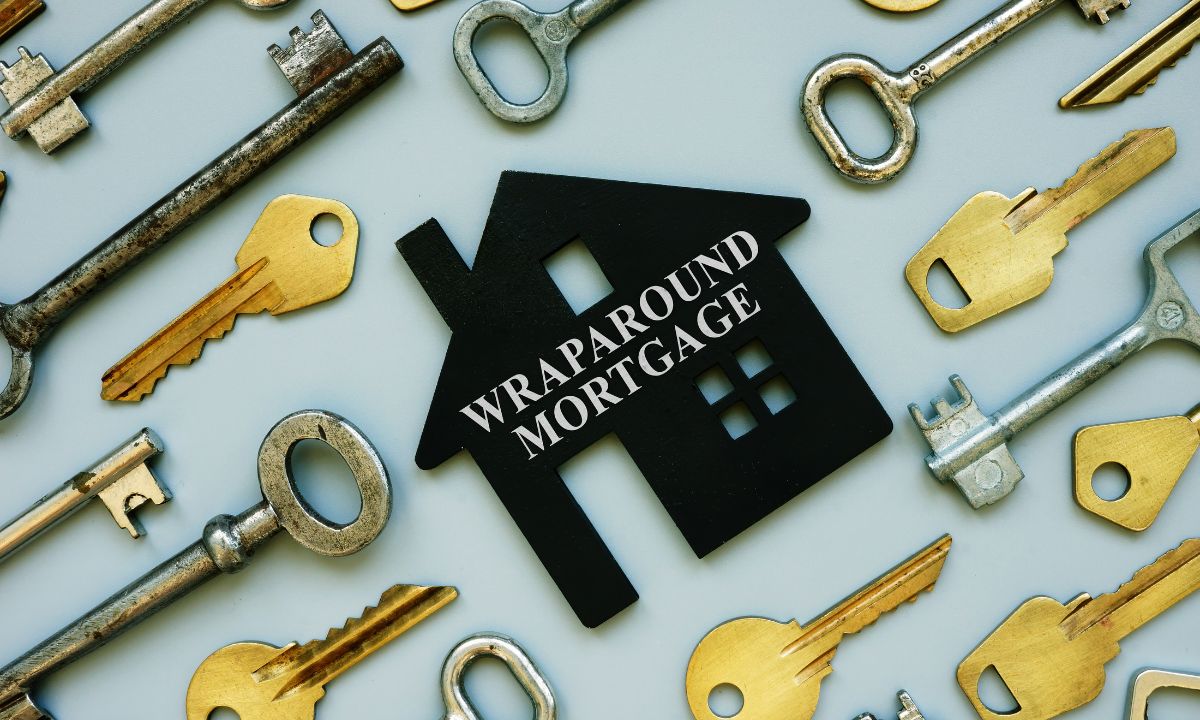Using a Mortgage to Benefit Your Financial Future
 When it comes to building wealth and securing your financial future, a mortgage can be a powerful tool. While taking on debt might seem counterintuitive to achieving financial freedom, a mortgage, when managed wisely, can provide numerous benefits. Here’s how leveraging a mortgage can pave the way to a stronger financial future.
When it comes to building wealth and securing your financial future, a mortgage can be a powerful tool. While taking on debt might seem counterintuitive to achieving financial freedom, a mortgage, when managed wisely, can provide numerous benefits. Here’s how leveraging a mortgage can pave the way to a stronger financial future.
1. Building Equity Over Time
One of the most significant advantages of having a mortgage is the opportunity to build equity. Equity is the portion of your home that you truly own, calculated as the difference between the market value of your home and the remaining balance on your mortgage. As you make your monthly mortgage payments, you gradually increase your equity, creating a valuable financial asset. Over time, as property values typically appreciate, your equity can grow even faster.
2. Potential Tax Benefits
In many countries, including the United States, homeowners can benefit from tax deductions on mortgage interest. This can lower your taxable income, potentially saving you thousands of dollars annually. It’s essential to consult with a tax advisor to understand how these deductions apply to your specific situation, but this can make homeownership more affordable and financially advantageous.
3. Forced Savings Plan
A mortgage acts as a forced savings plan. Every month, you’re required to make a payment that goes toward both interest and principal. This discipline can be beneficial for those who might otherwise find it challenging to save money. Over the years, these regular payments build significant equity, contributing to your long-term financial stability.
4. Leveraging Appreciation
Real estate is generally considered a stable and appreciating asset. While market fluctuations occur, historical trends show that property values tend to increase over the long term. By investing in a home, you have the potential to benefit from this appreciation. When the value of your property increases, your equity grows, and you can potentially sell the home for a profit in the future.
5. Access to Low-Cost Borrowing
Mortgages often come with relatively low interest rates compared to other forms of borrowing, such as personal loans or credit cards. This low-cost borrowing allows you to leverage a large sum of money to invest in a high-value asset without paying exorbitant interest rates. Fixed-rate mortgages, in particular, provide predictable monthly payments, making it easier to budget and plan for the future.
6. Homeownership Stability
Renting can be unpredictable, with potential rent increases and the possibility of having to move frequently. Owning a home with a fixed-rate mortgage provides stability, as your monthly payments remain constant. This stability allows for better long-term financial planning and can contribute to a sense of security and well-being.
7. Opportunity for Rental Income
If you have the means, investing in rental properties can be a lucrative way to use mortgages to your advantage. By purchasing additional properties and renting them out, you can generate passive income. Over time, rental income can cover the mortgage payments and potentially provide extra cash flow, further enhancing your financial position.
8. Refinancing Options
As you build equity and market conditions change, you may have the opportunity to refinance your mortgage. Refinancing can lower your interest rate, reduce your monthly payments, or enable you to access cash from your home’s equity. These options provide flexibility and can help you manage your finances more effectively.
9. Planning for Retirement
Owning a home can play a crucial role in your retirement planning. By the time you retire, you may have paid off your mortgage, allowing you to live mortgage-free. Additionally, you can consider downsizing to a smaller home, using the equity from your current property to fund your retirement lifestyle.
While taking on a mortgage is a significant financial commitment, it can also be a strategic move toward building wealth and securing your financial future. By making regular payments, benefiting from potential tax deductions, and leveraging the appreciation of real estate, you can turn homeownership into a powerful financial asset. Whether you’re a first-time homebuyer or considering investing in rental properties, understanding how to use a mortgage to your advantage is key to long-term financial success.
Remember, it’s crucial to approach homeownership with careful planning and consideration. Work with financial advisors, mortgage brokers, and real estate professionals to ensure you make informed decisions that align with your financial goals. With the right strategy, a mortgage can be more than just a debt—it can be a pathway to financial prosperity.

 Entering into a joint mortgage can be a significant milestone for couples, marking the beginning of their journey toward homeownership together. However, like any financial decision, it’s essential to weigh the pros and cons carefully. In this guide, we’ll delve into the intricacies of joint mortgages, highlighting the differences, key considerations, and potential pitfalls couples should be aware of.
Entering into a joint mortgage can be a significant milestone for couples, marking the beginning of their journey toward homeownership together. However, like any financial decision, it’s essential to weigh the pros and cons carefully. In this guide, we’ll delve into the intricacies of joint mortgages, highlighting the differences, key considerations, and potential pitfalls couples should be aware of. These days real estate transactions have become more and more creative with financing solutions that often emerge to meet the diverse needs of buyers and sellers. One such alternative is the wraparound mortgage, a financial instrument that has gotten both praise and caution within the real estate community. Understanding its advantages and risks is crucial for anyone considering this option.
These days real estate transactions have become more and more creative with financing solutions that often emerge to meet the diverse needs of buyers and sellers. One such alternative is the wraparound mortgage, a financial instrument that has gotten both praise and caution within the real estate community. Understanding its advantages and risks is crucial for anyone considering this option.